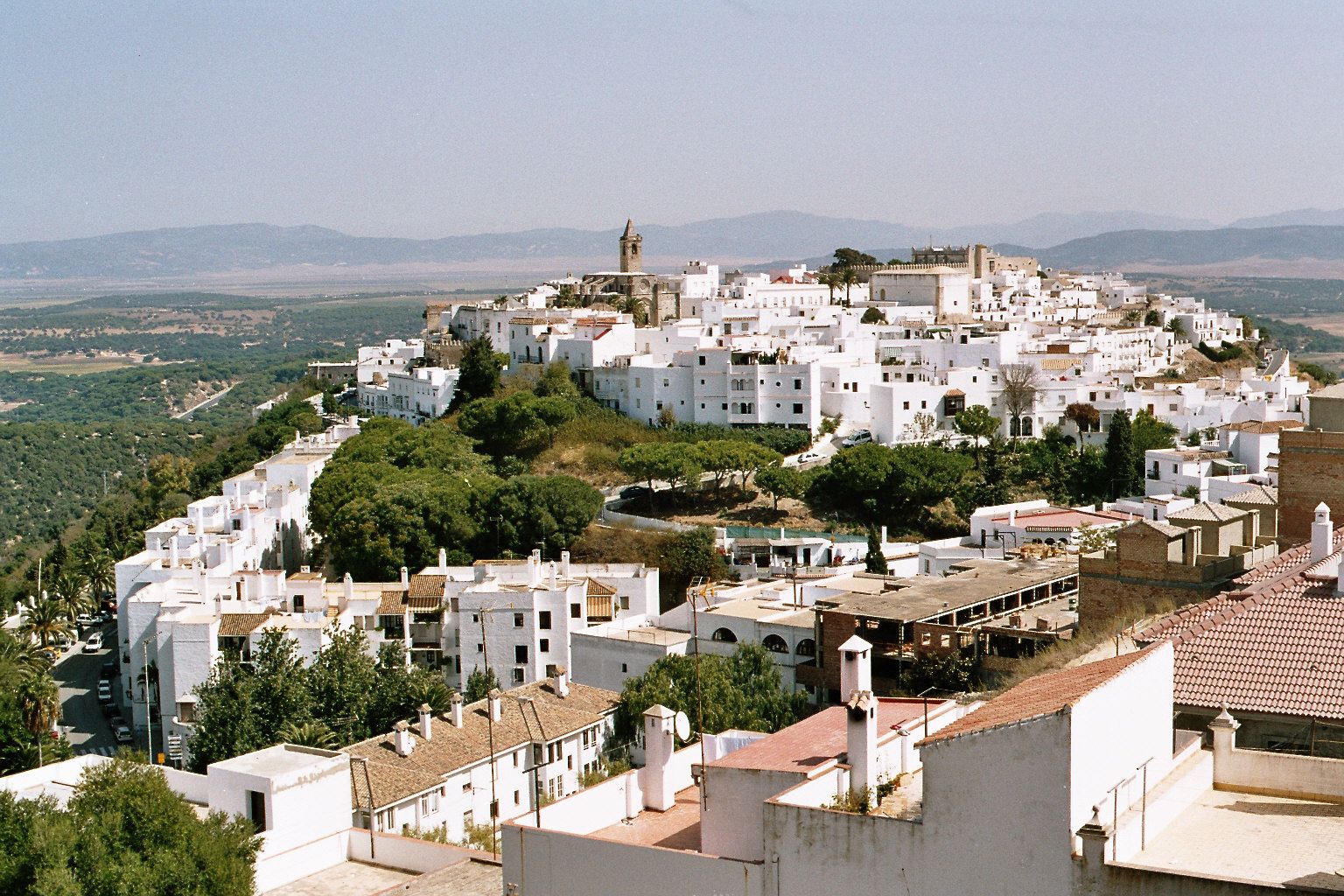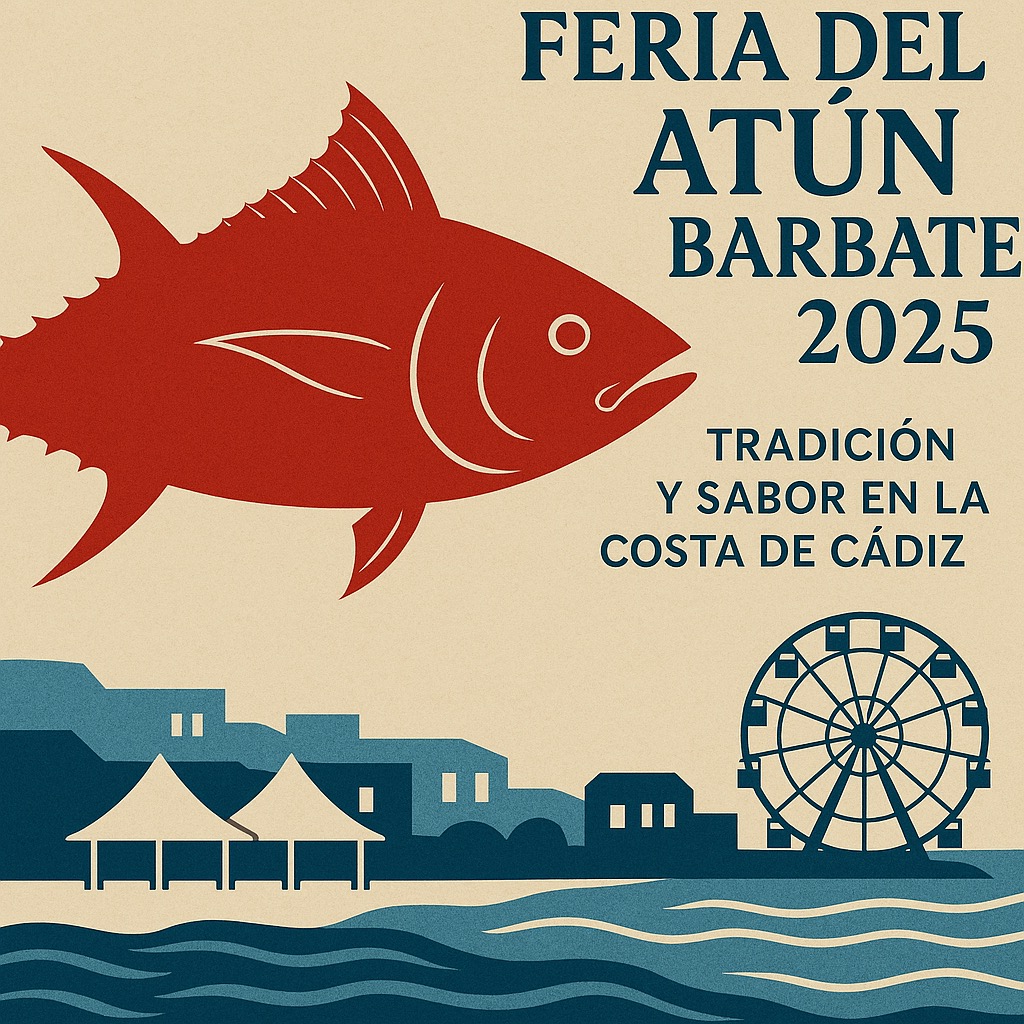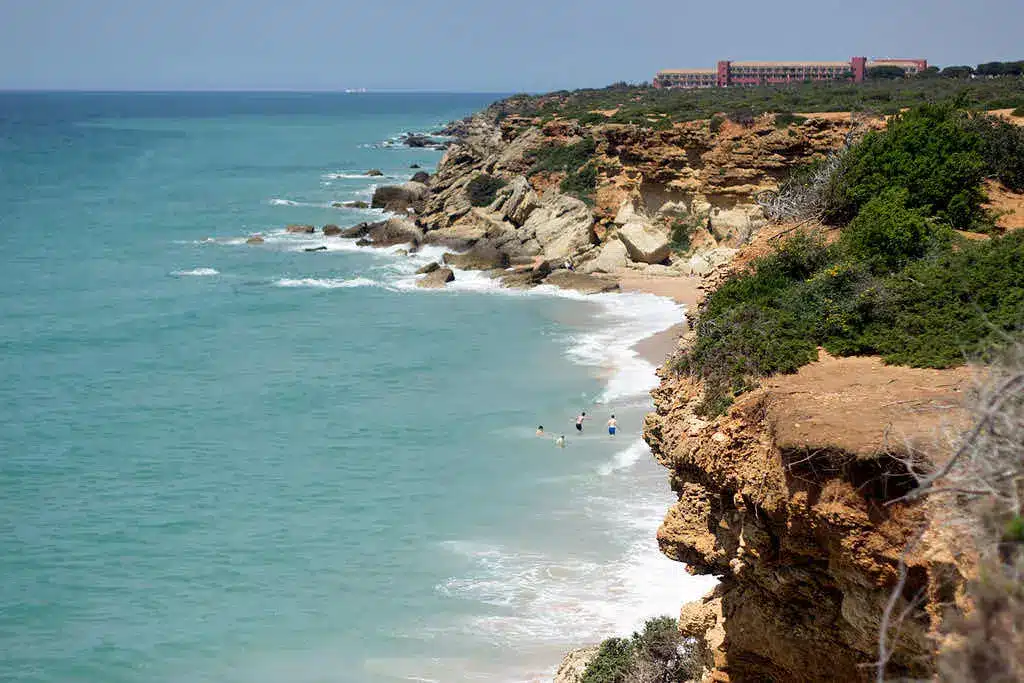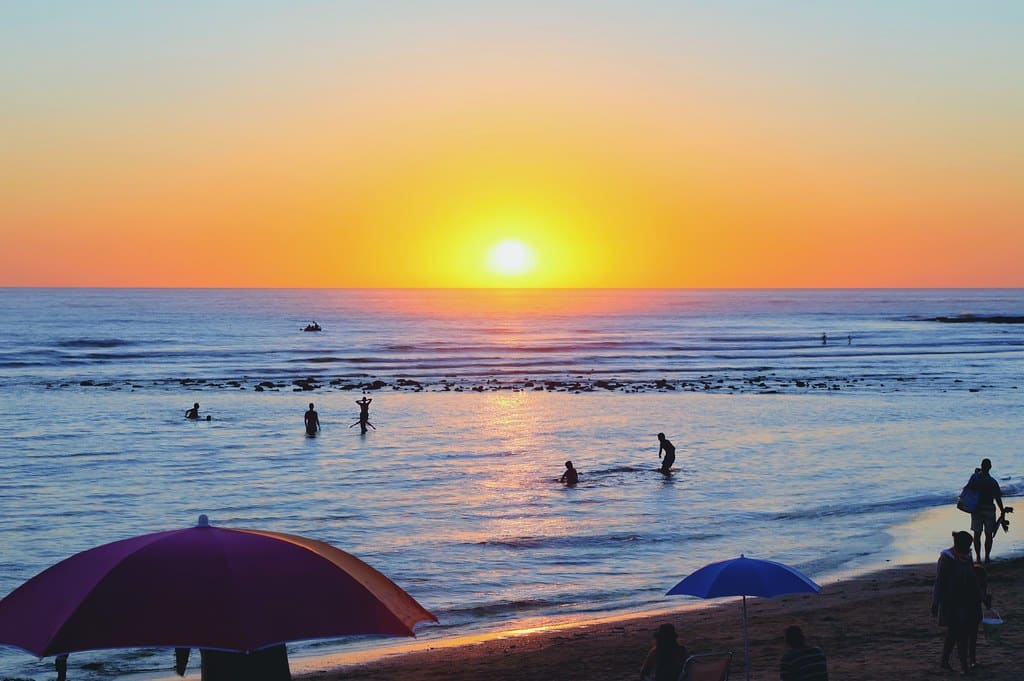Vejer de la Frontera is an Andalusian municipality located in the province of Cadizknown for its rich history and its cultural heritage. Its hilltop location offers breathtaking views of the Atlantic coast. Vejer's history is marked by various civilisations that have left their mark on the architecture and architecture of the town. local traditions. With a heritage ranging from Roman remains to the Arab legacy, Vejer is a place of great historical and tourist interest.
History and Origins of Vejer de la Frontera
The history of Vejer de la Frontera goes back to ancient times, where multiple civilisations have left their mark. From the first settlements to its present-day evolution, the traces of the past are evident in the architecture and traditions of the municipality.
Evolution over the Centuries
The development of Vejer has been marked by various historical stages. From its origins as a prehistoric settlement, it has evolved over the centuries, adapting to different political, economic and social circumstances. This has generated a mixture of cultures that is reflected in its heritage.
Influence of Civilisations
Throughout its history, Vejer has witnessed the arrival of different civilisations.each of which has contributed its cultural legacy.
Tartessian and Roman Period
The earliest inhabitants of the area can be attributed to the culture TartessianThey established a settlement in the region. Subsequently, the Romans arrived and founded the city of BaesippoThe remains of which can still be found nearby. The Roman influence was crucial for urban development, with the construction of infrastructures that facilitated trade and communication.
Arab Legacy and the Conquest
In the year 711, Vejer was conquered by the Muslimswho called it Bashir. This period of Moorish domination, which lasted more than five centuries, left a strong imprint on the local architecture. Elements of Mudéjar design can be seen in the structure of the cityIt is notable for its narrow streets and its castle, symbols of the need for defence at that time.
Impact of the Battle of Trafalgar
In 1805, the proximity of Vejer to the Battle of Trafalgar marked a milestone in the history of the municipality. This naval confrontation had significant repercussions for the Spanish navy, and the memory of this battle is still present in the local culture, recalling a crucial moment in the history of Spain.
The Spanish Civil War and its Aftermath
The period of the Spanish Civil War (1936-1939) had a lasting impact on Vejer. During this conflict, the municipality experienced political and social tensions that affected its development. After the war, the segregation of Barbate in 1938 had a strong impact on the population and the territorial extension of Vejer. These historical events left after-effects that have been overcome, but which are an integral part of the collective memory of the municipality.
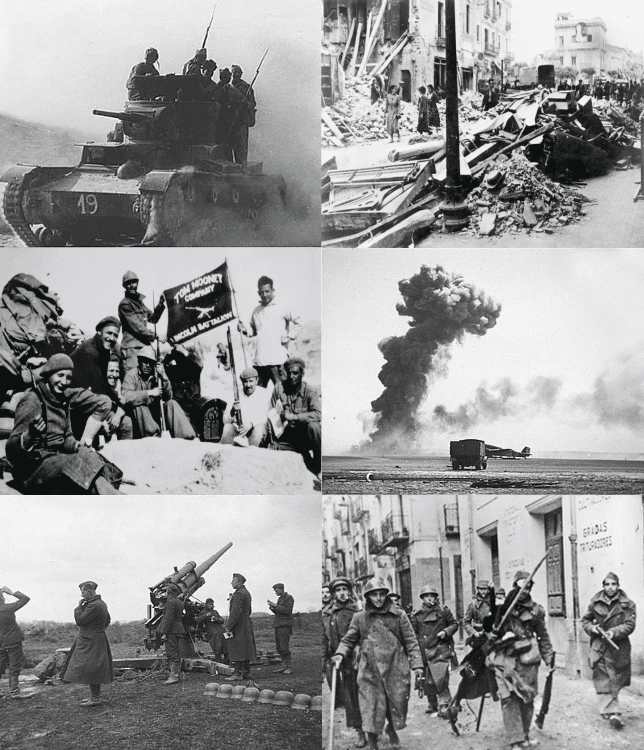
Historical and Architectural Heritage
Vejer de la Frontera's historical and architectural heritage bears witness to its rich history and cultural diversity. The buildings that still remain reflect styles ranging from Moorish to Gothic, creating a unique attraction.
Historic Centre and Architecture
The Historic-Artistic Site
In 1976, the centre of Vejer was declared a Historic-Artistic Site. This recognition underlines the importance of its urban planningWith cobbled streets and whitewashed houses forming an enchanting labyrinth. Every corner of the old town radiates history and culture, offering visitors an immersive experience into the past.
Traditional Houses in the Old Town
The houses in the old town have a typical Andalusian architecture, characterised by their white façades, wrought-iron balconies and interior courtyards. This style reflects the adaptation of the inhabitants to their surroundings, maximising light and fresh air. Strolling through these narrow streets is like stepping back in time, and each house tells a story of generations past.
Notable Buildings
Vejer Castle and City Walls
The Vejer CastleThe castle, an imposing fortress dating from between the 10th and 16th centuries, stands in the highest part of the municipality. This castle was a key element in the defence of the town, especially during the Arab period. The surrounding walls, some of which are still well preserved, offer impressive views and allow you to appreciate the layout of old Vejer.
Church of the Divine Saviour
The Church of the Divine Saviour, located in the heart of Vejer, is one of the most significant churches. Built on the remains of a former mosque, this building is a mixture of Gothic-Mudejar and Renaissance styles. Its interior houses a remarkable artistic heritage, including valuable images and ornaments that reflect the devotion of the community.
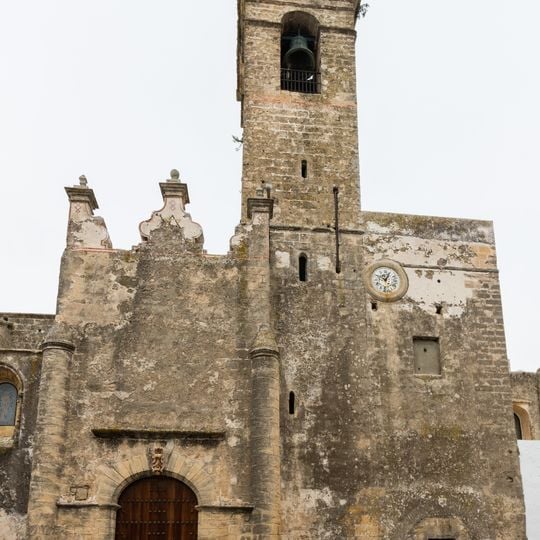
Casa Palacio del Marqués
This majestic house is a clear example of the nobility of Vejer. The Casa Palacio del Marqués is remarkable for its architectural beauty and rich history. Inside, the spacious rooms and courtyards are evidence of the splendour of bygone eras. It is a representation of the pride and cultural heritage of the municipality.
16th century convent
The Convent, founded in the 16th century, forms part of Vejer's spiritual heritage. This religious building is a haven of peace and silence in the midst of the hustle and bustle of the town. The convent's architecture, with its simplicity and sobriety, highlights the devotion of the monks who have lived there over the centuries. Its history is intertwined with the community, contributing to the local identity.
Culture and Traditions
The culture of Vejer de la Frontera is a living testimony to its rich history and the influences that have shaped its identity. The community keeps its traditions alive through various festivities, cultural manifestations and a unique gastronomy that reflects its Andalusian heritage.
Festivals and Cultural Events
Carnival and Easter
The Carnival in Vejer is one of the most awaited events of the year.. Colourful parades, groups and troupes flood the streets, offering a festive spectacle that combines humour, music and dance. This festival attracts locals and visitors alike, making it a celebration of joy and creativity in the town.
On the other hand, Holy Week in Vejer is a manifestation of deep religious devotion. Traditions are manifested in solemn processions, where the religious images are carried by the local people. brothers. The intensity and emotion of these celebrations make Easter Week a key moment in the cultural calendar of the municipality.
Hazas de la Suerte
The "Hazas de la Suerte" was a historical episode that marked a moment of struggle and resistance in the community. At the beginning of the 17th century, the inhabitants rose up in defence of their rights to communal lands against the nobility. This revolt is remembered every year, symbolising the spirit of struggle and unity of the people of Vejeria.
National Beautification Award
Vejer de la Frontera has been awarded the National Beautification Prize, highlighting its commitment to the conservation and enhancement of its architectural heritage. This recognition has fostered community involvement and local pride, encouraging initiatives that promote the beauty of the urban and natural environment.
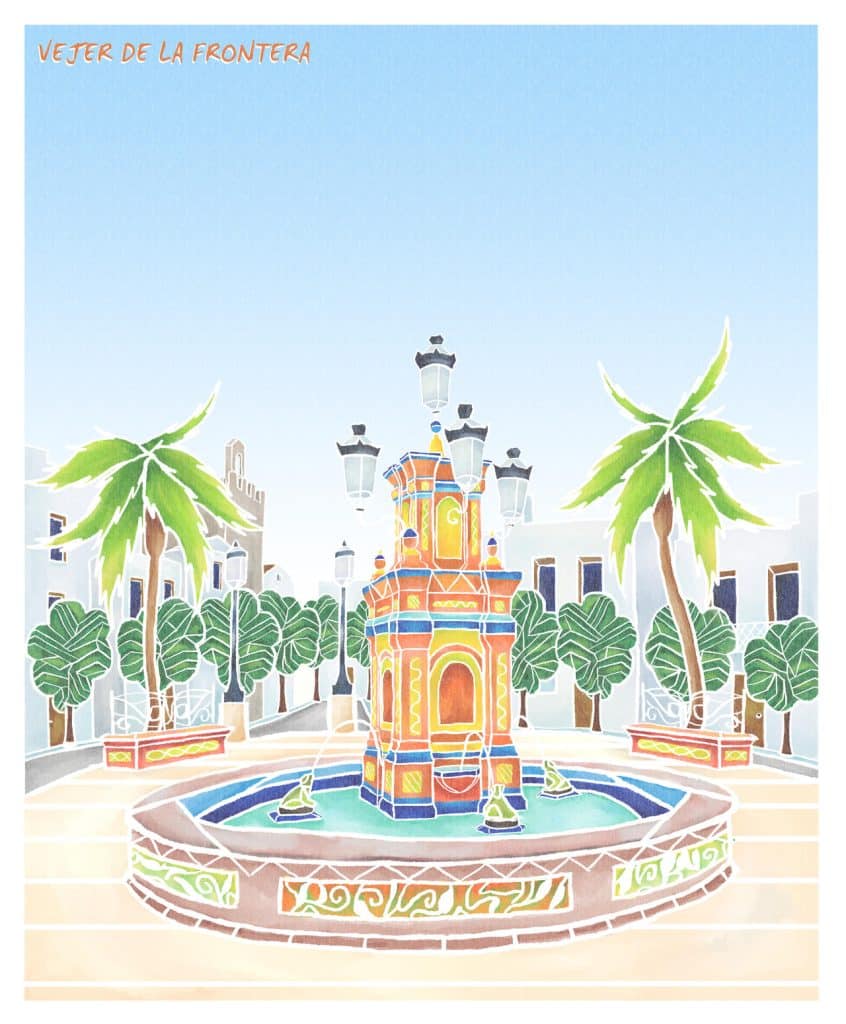
Local Gastronomy
Vejer's gastronomy is a delicious fusion of flavours and traditions that reflects its rich cultural heritage. Typical dishes are a fundamental element of fiestas and celebrations, allowing residents and visitors alike to enjoy the culinary richness of the municipality.
Typical Dishes: Lomo en Manteca (Loin in Butter)
One of the most emblematic dishes of the area is lomo en manteca (pork loin in lard). This traditional recipe consists of pork marinated and preserved in lard, which is served as a tapa or main course. Its intense flavour and succulent texture make it a favourite in local bars and restaurants.
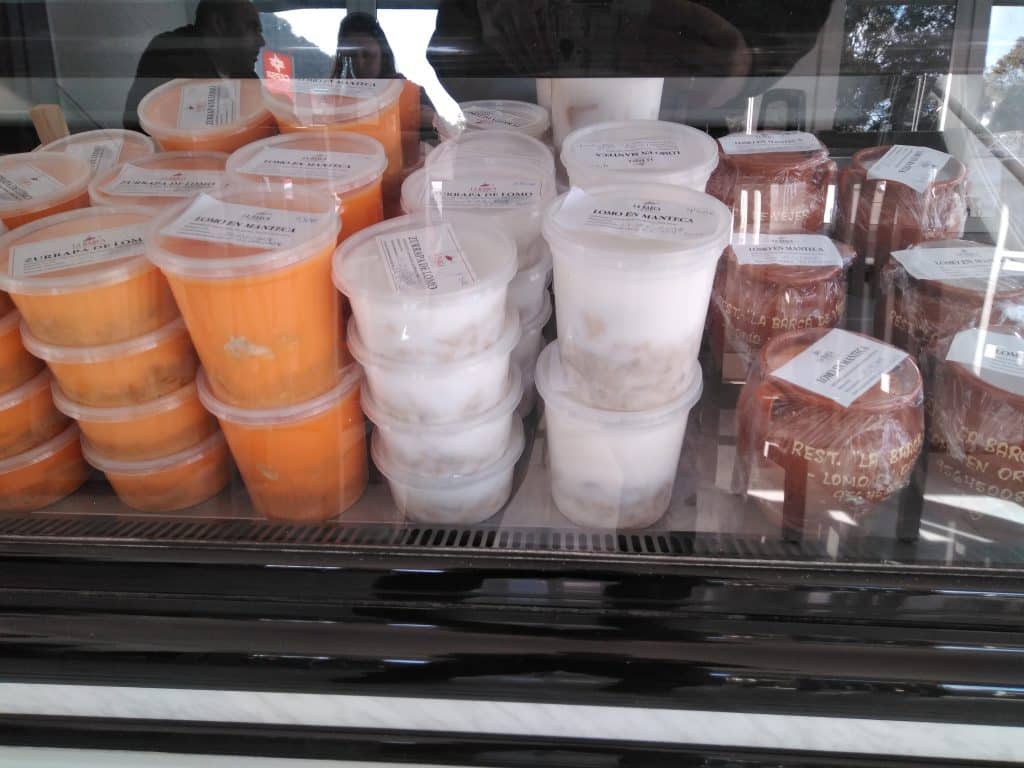
Traditional sweets
Vejer's sweets are also an important part of its gastronomic offer. Many of them are of Arab origin, such as the "pestiños" y "bacons de ciel". These typical desserts are made with local ingredients, offering an authentic flavour that recalls the influence of the different civilisations that have inhabited the region. Traditional confectionery thus becomes a way of celebrating the history and culture of the municipality.
Natural Environment and Tourist Attractions
The natural environment of Vejer de la Frontera is a real treasure that combines coastal landscapes with landscaped areas. This municipality stands out for its ecological diversity and its scenic beauty, making the beaches y landscapes into a must-see attraction.
Beaches and Landscapes
El Palmar Beach
La Playa de El Palmar is one of the most renowned in the region, famous for its golden sand and crystal clear waters. With a special attraction for lovers of surf and other water activities, this beach is an ideal place to enjoy the sun and nature. Along its more than 5 kilometres, you will find plenty of beach bars offering fresh, local produce, turning every visit into a gastronomic experience by the sea.
Outdoor Spaces
In the vicinity of Vejer, you can find various natural spaces that invite you to disconnect and enjoy outdoor activities. The trails that wind through the hills offer routes for both walkers and cyclists. These trails allow you to explore the native flora and observe the local fauna, providing an opportunity for the eco-tourism in a serene setting. The panoramic views of the ocean and the surrounding landscape are breathtaking, making every walk a memorable experience.
Natural Heritage and Routes
Roman Aqueduct of Santa Lucia
The Roman Aqueduct of Santa Lucia is a monument that reflects the architectural ingenuity of antiquity. This aqueduct, which dates back to the 1st century, is located in a privileged natural environment and has become a symbol of the history of engineering in the region. The surrounding route allows visitors to enjoy a pleasant walk through nature, while at the same time appreciating the construction that was so painstakingly carried out centuries ago.
Rural Roads
Vejer has a network of rural roads that connect the different landscapes and allow you to explore the agricultural richness of the area. These paths are ideal for hiking or cycling and offer the opportunity to observe farms, fields and typical crops such as olives and vines. The tranquillity of these routes invites reflection and direct contact with nature, making it an ideal plan for those looking to disconnect from the daily routine.
Tourism and Activities
Tourism in Vejer de la Frontera offers a unique experience that combines history, culture and natural beauty. This municipality attracts visitors looking to explore its charm, enjoy its gastronomy and take part in a variety of activities. Another charming aspect of what to see in Vejer de la Frontera is its local crafts. Strolling through the streets, you can find shops and workshops where local artisans showcase their talent in creating unique products, from ceramics and textiles to handmade jewellery, each piece reflecting the essence of the town. Not only will you take away a special souvenir, but you'll also be supporting the work of these talented artisans who keep centuries-old traditions alive.
What to see in Vejer de la Frontera
Visiting the Old Town
Vejer's Old Town is a labyrinth of narrow cobbled streets, where every corner reveals part of its rich history. The whitewashed houses with flower-filled balconies provide a welcoming atmosphere. Strolling through the charming architecture allows you to discover unique corners and soak up the local culture.
Plaza de España and its Surroundings
The Plaza de España is located in the centre of the municipality and is the ideal place to start a visit. This emblematic space is surrounded by bars and restaurants, where you can feel the life of the town. Surrounding it are historic buildings that invite you to explore, offering an environment conducive to enjoying the local atmosphere.
Restaurants and Gastronomy
Best Places to Eat
Vejer's gastronomy is a reflection of its cultural heritage and offers a variety of unique flavours. In the municipality, there are a large number of restaurants that stand out for their typical dishes. They range from small family-run taverns to more sophisticated restaurants, all with an attractive culinary offer.
Outstanding Local Products
- Lomo en MantecaThis is one of the most representative dishes of Vejeria's cuisine. Its delicate preparation and characteristic flavour make it a delicacy much appreciated by residents and visitors alike.
- Traditional sweetsLocal confectionery includes several varieties of sweets that have an Arabic origin. On weekends, many bakeries offer these delicacies, attracting those looking for something sweet to take home.
Accommodation and Services
The municipality offers diverse accommodation options and a variety of services that respond to the needs of visitors. From cosy hotels to rural experiences, Vejer de la Frontera adapts to all tastes and budgets.
Hotels and Lodging in Vejer
Accommodation Options
Vejer de la Frontera has a wide range of accommodation options, ranging from luxury hotels to budget hostels. Visitors can choose from:
- Boutique hotels that highlight traditional Andalusian architecture and offer personalised services.
- Rural accommodation that allows you to enjoy the surrounding nature and the tranquillity of the environment.
- Hostels and guesthouses that offer a friendly atmosphere and affordable prices, ideal for travellers on a tight budget.
- Tourist flatsThe new "local" services, which allow visitors to experience the local area more freely and comfortably, such as the Trafalgar Polo Club flats.

Rural Experiences
For those seeking a deeper connection with nature, there are rural tourism options that offer unique experiences. Some of these options include:
- Farm stays where you can learn about local agriculture and participate in farming activities.
- Rural houses that offer hiking routes and excursions in the area, allowing you to enjoy natural landscapes.
- Active tourism, with programmed activities such as excursions, bike rides or horse riding.
Municipal Services
Sustainability Projects
Vejer Town Council is committed to sustainability and the improvement of available resources. Several projects have been implemented focusing on:
- The promotion of responsible tourism that respects the environment and environment and the local culture.
- Recycling and waste management initiatives, ensuring a clean and beautiful environment.
- Promotion of the use of renewable energies in public facilities, contributing to the energy efficiency of the municipality.
Tourism Initiatives
With the aim of positioning Vejer as an attractive tourist destination, various initiatives have been developed, including:
- Cultural events promotion programmes and festivals that attract tourists and encourage local participation.
- Creation of tourist routes that highlight the cultural and natural wealth of the municipality.
- Partnerships with local companies to offer package tours including accommodation and gastronomic experiences.
Local Economy
The local economy rests on two fundamental pillars: the agriculture and the tourism. These sectors not only contribute to the economic development of the municipality, but also strengthen its cultural and social identity.
Agriculture and Products of La Janda
Agriculture in this region has been a key activity since ancient times. The region of La Janda is characterised by its fertile soil and favourable climate, which allows the cultivation of a wide variety of products. Some of the most outstanding crops are:
- Olive oilThis premium product, renowned for its quality, comes from olive trees that have been cared for from generation to generation.
- VegetablesFresh vegetables, such as tomatoes, peppers and courgettes, are fundamental to the local diet and are in great demand in the markets.
- FruitsFruits such as watermelons, melons and citrus fruits are grown in the area, offering taste and freshness to the population.
The farms surrounding the municipality are symbolic of the agricultural tradition and offer fresh produce to residents and visitors. The local agricultural cooperative also promotes quality and sustainability by supporting community farmers.
Tourism Development in the Region
Tourism has gained special relevance in recent years, becoming a vital economic engine for Vejer. The natural beauties and rich history attract numerous visitors, driving the creation of different services:
- HostingThe supply of accommodation, including hotels, hostels and rural houses, has increased significantly in response to the growing demand.
- RestorationRestaurants and bars offer a varied gastronomic offer that highlights the local cuisine, enriched by cultural influences.
- Activities recreationalOutdoor activities: More and more companies are organising outdoor activities such as hiking, cycling and water sports.
The City Council is striving to develop a Municipal Tourism Quality Planwith the aim of positioning the town as an attractive destination on a national and international level. This has led to the improvement of infrastructures and services focused on the wellbeing of the visitor.
The Weather in Vejer de la Frontera
The climate in Vejer de la Frontera is characterised by its Mediterranean influence, offering well-defined seasons. This climatic aspect allows you to enjoy a privileged environment throughout the year.
Climate and Seasons
Vejer has a warm, temperate climate, with hot summers and mild winters. The municipality's location, close to the Atlantic coast, contributes to the moderate temperatures.
- SummerDuring the months of June to September, temperatures can reach up to 30°C. Evenings are pleasant, which favours outdoor activities and beach tourism.
- AutumnAutumn brings with it a mellowing of temperatures. Days remain warm, with highs around 25°C in October, and it is an ideal time to enjoy hiking and other outdoor activities.
- WinterFrom December to February, temperatures drop, ranging between 8°C and 17°C. Although this is the rainiest season, rainfall is moderate and does not usually interrupt daily activities.
- SpringThe months of March to May are pleasant, with temperatures ranging from 12°C to 25°C. During this season, you can enjoy flowery landscapes and a climate conducive to visiting monuments and enjoying nature.
Tips for the Traveller
Knowing the characteristics of the weather in Vejer, you can better plan your visits. It is advisable to consider the seasons when planning a trip.
- In summer, it is essential to protect yourself from the sun and stay hydrated. The application of sunscreen and the use of hats are essential.
- During autumn and spring, it is advisable to carry light clothing but also some jacket for cool nights.
- At winteris suggested, it is suggested a light coat and umbrellaas rainfall may become more common.
- It is useful to consult the weather forecast before engaging in outdoor activities.
